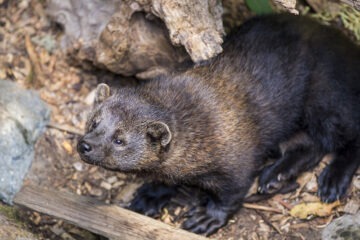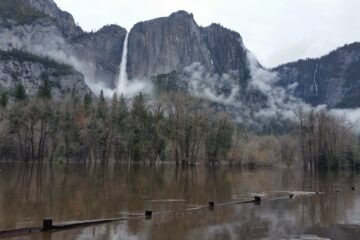Butterflies are the animal artists of Yosemite’s high country: They float in splashes of blue along quiet trails, dapple mountain meadows with dashes of orange and yellow, stand out as bold white blazes against purple petals.
These colorful critters easily catch your eye — but their value is more than wing-deep. Butterflies help plants produce seeds, serve as a food source for other animals, and can offer clues to ecological changes.
This year, our donors are funding research on Yosemite’s high-elevation butterflies. We checked in with the scientists leading the studies: Dr. Breeanne “Breezy” Jackson, a National Park Service wildlife biologist, and Dr. Sean Schoville, an entomologist at University of Wisconsin, Madison. Before hitting the trails for a fresh season of fieldwork, they shared some insights into past and planned butterfly work.
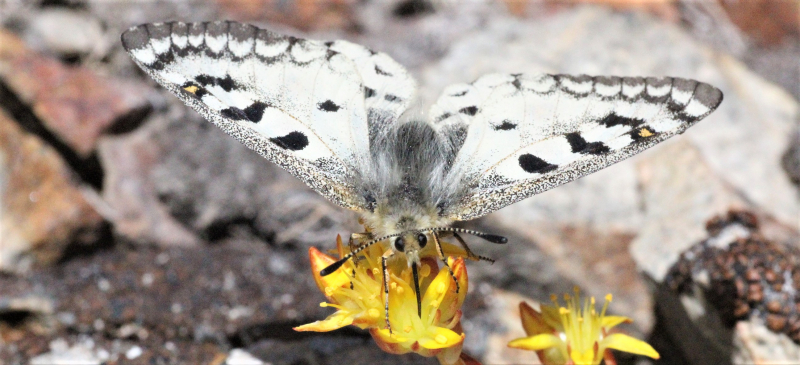
What’s so special about butterflies?
Butterflies are a diverse and colorful group of species that serve as key indicators of healthy park ecosystems. More than 60 butterfly species inhabit Yosemite’s rugged alpine landscape, where they pollinate flowers and transfer nutrients and energy to a variety of insectivorous animals. We also value them as important ecological models for scientific research, and for their aesthetic beauty.
What makes Yosemite a good place to study butterflies?
Scientists have been studying butterflies in Yosemite since the 1930s. Today, we can look back at research over past decades to understand how nearly a century of environmental change has affected a diverse group of species. Yosemite’s complex high-country ecosystems cover a variety of elevations and environmental conditions, allowing us to study how climate and habitat affect butterfly diversity and abundance.
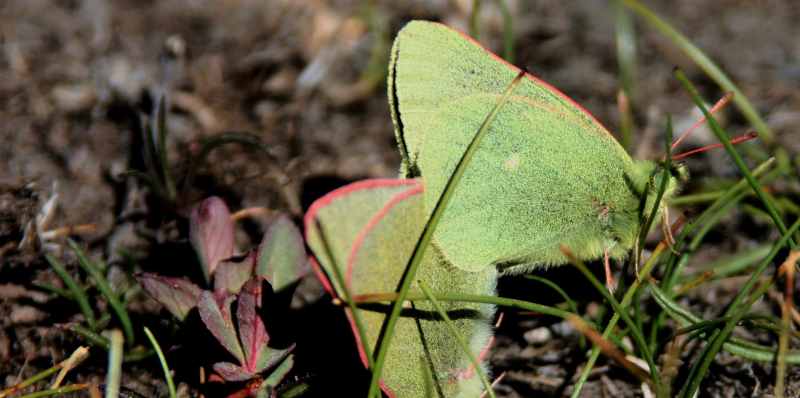
Are there any rare or unusual butterfly species in Yosemite?
There are several species or subspecies known only in the Sierra Nevada that occur in Yosemite. The Sierra green sulphur (Colias behrii), a mint green butterfly that flits through alpine meadows and races over mountain passes, is definitely one to look out for.
How do you study butterflies? Walk us through a research day.
Fortunately, butterflies wake up slowly in the morning, so we get to start our days having a cup of coffee and enjoying our breakfast. When the sun gets warm overhead, butterflies start to bask and fly. That’s when we hit the trails, winding though forest glades, along streams, through alpine meadows and over mountain passes.
Along the way, butterflies flit and flutter, and we identify them by their color pattern, tracking the species diversity and abundance along trails. There are a few butterflies that are hard to identify, so we use binoculars or cameras to zoom in. Sometimes, we use nets to gently catch butterflies for a closer look, and then carefully release them. We keep working while the butterflies are active, until late afternoon. When the sun settles low on the horizon, we — and the butterflies — call it a day.
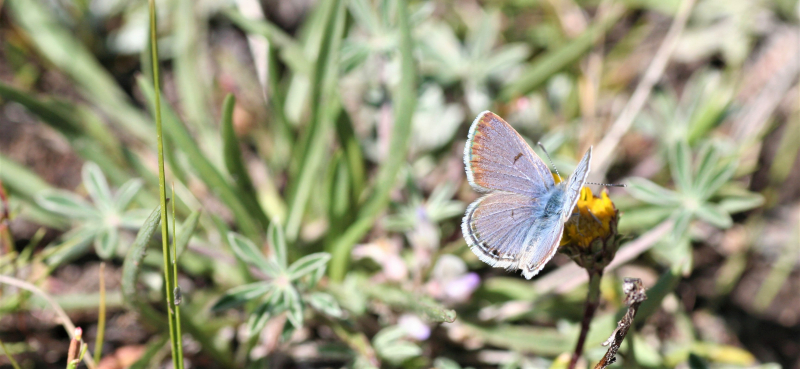
What have scientists learned about Yosemite’s butterflies in recent years? What insights are you hoping to gain in 2018?
Surveys conducted in the mid-2000s (2006–2008, partly supported by Yosemite Conservancy) suggested that some alpine butterfly species had disappeared from historical sites, particularly those at lower elevations. Some of these declining butterflies (e.g. Colias behrii and Parnassius behrii) are endemic to the Sierra Nevada, and are considered vulnerable if they continue to decline.
More recent surveys (2016–2017) suggest these trends have been exacerbated, perhaps due to severe droughts. In 2018, we’re repeating those surveys so we can understand year-to-year variations and establish population trends. We’re also starting to study genetic links among butterflies across habitats, in order to understand if the insects can naturally recolonize areas from which they have disappeared.
How can people help support butterfly research in Yosemite?
Get involved by joining other citizen scientists for the annual summer Yosemite Butterfly Count, learning more about butterflies and entomology at the Yosemite Museum or online, sharing butterfly observations with the park, and making donations to support ongoing research.
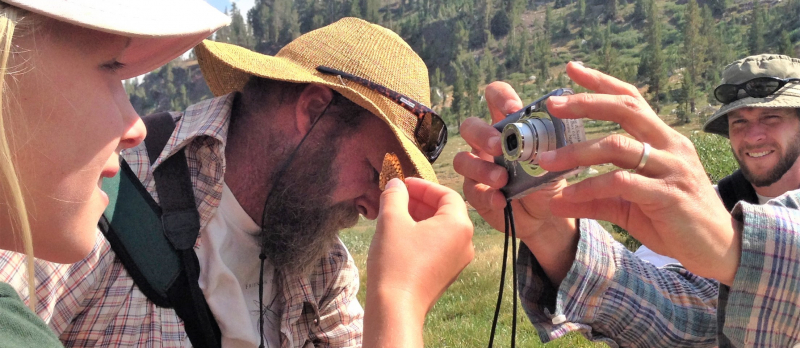
You don’t have to be a professional researcher (or entomology enthusiast) to help scientists study butterflies: Keep track of your observations using the iNaturalist app, and volunteer for the Yosemite Butterfly Count (held annually in July). And in the meantime, learn more about all the wildlife– and research-related projects you can support in Yosemite!

